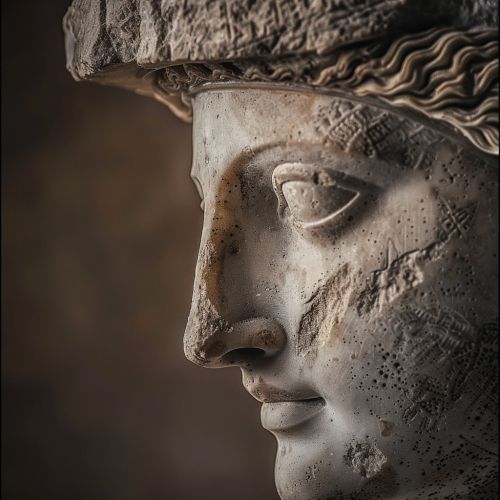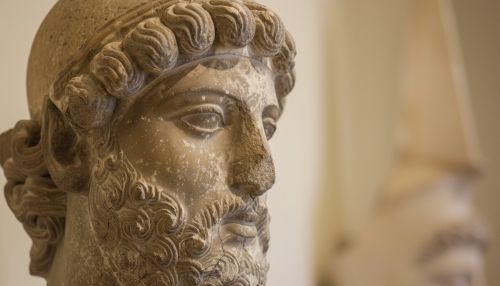Ancient Greek art
Origins and Influences
Ancient Greek art originated in the Aegean Sea around 1100 BC, at the start of the Greek Dark Ages. It was heavily influenced by the cultures of the Near East, Egypt, and the artistic traditions of the Minoan and Mycenaean civilizations. The Greeks adopted and adapted these foreign styles, creating a unique and enduring aesthetic.


Sculpture
Sculpture was a significant form of artistic expression in ancient Greece. The Greeks pioneered the use of bronze and marble for large-scale statues. The early Archaic period saw the development of the kouros (male youth) and kore (maiden) statues, which were heavily influenced by Egyptian and Near Eastern models. However, by the Classical period, Greek sculptors had moved away from these rigid forms, creating more naturalistic representations of the human figure.
Pottery
Greek pottery is another important aspect of ancient Greek art. The Greeks used pottery not only for practical purposes, but also as a medium for artistic expression. The two main styles of Greek pottery were black-figure and red-figure, named for the color of the figures against the background. These styles were developed in Athens during the Archaic period and were used throughout the Greek world.
Architecture
Greek architecture is known for its temples, theaters, and stadia. The Greeks developed three orders of architecture: the Doric, Ionic, and Corinthian. Each order has its own distinctive proportions and detailing. The most famous example of Greek architecture is the Parthenon on the Acropolis in Athens, which is a Doric temple dedicated to the goddess Athena.
Painting
While few examples of ancient Greek painting have survived, it was a highly valued art form. The Greeks painted on a variety of surfaces, including wood, stone, and pottery. They also painted murals on the walls of public buildings and tombs. The most famous surviving examples of Greek painting are the frescoes from the Minoan palace at Knossos and the Tomb of the Diver in Paestum, Italy.
Legacy
The art of ancient Greece has had a profound influence on the culture of many countries from ancient times to the present, particularly in the areas of sculpture and architecture. In the West, the art of the Roman Empire was heavily influenced by Greek art, and in turn the style of the Roman Empire influenced many western civilizations up to the present day.
